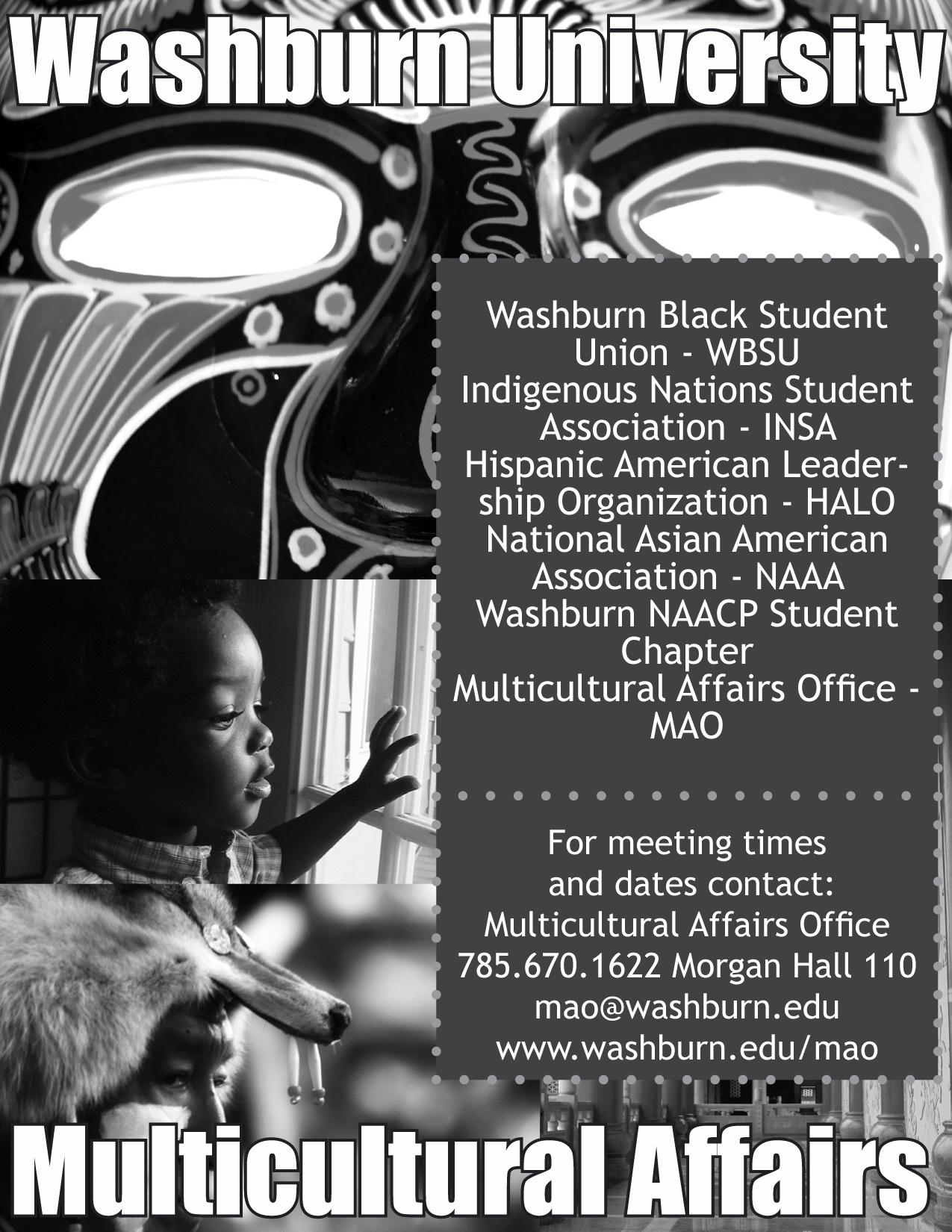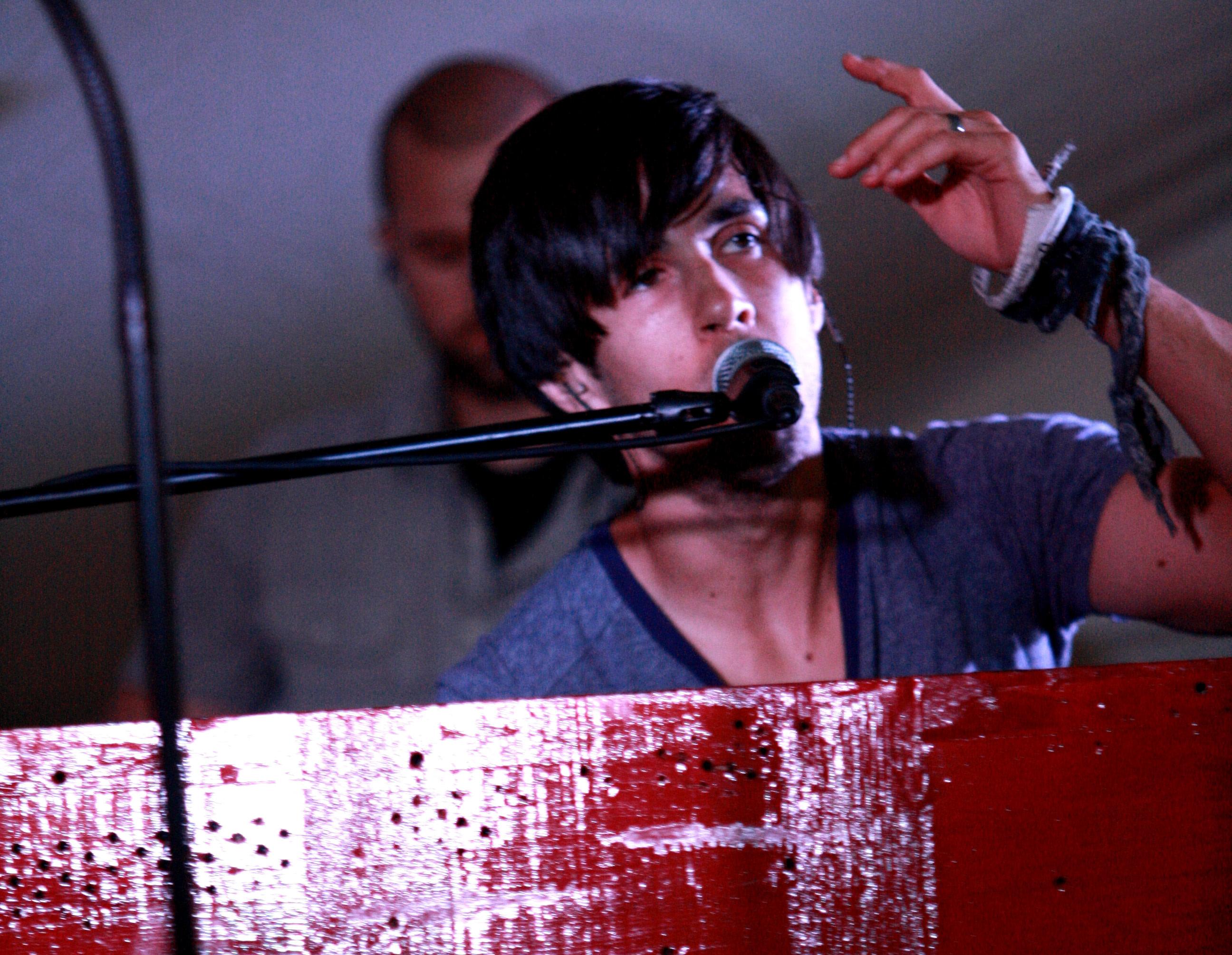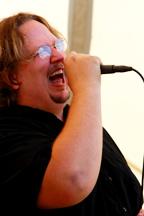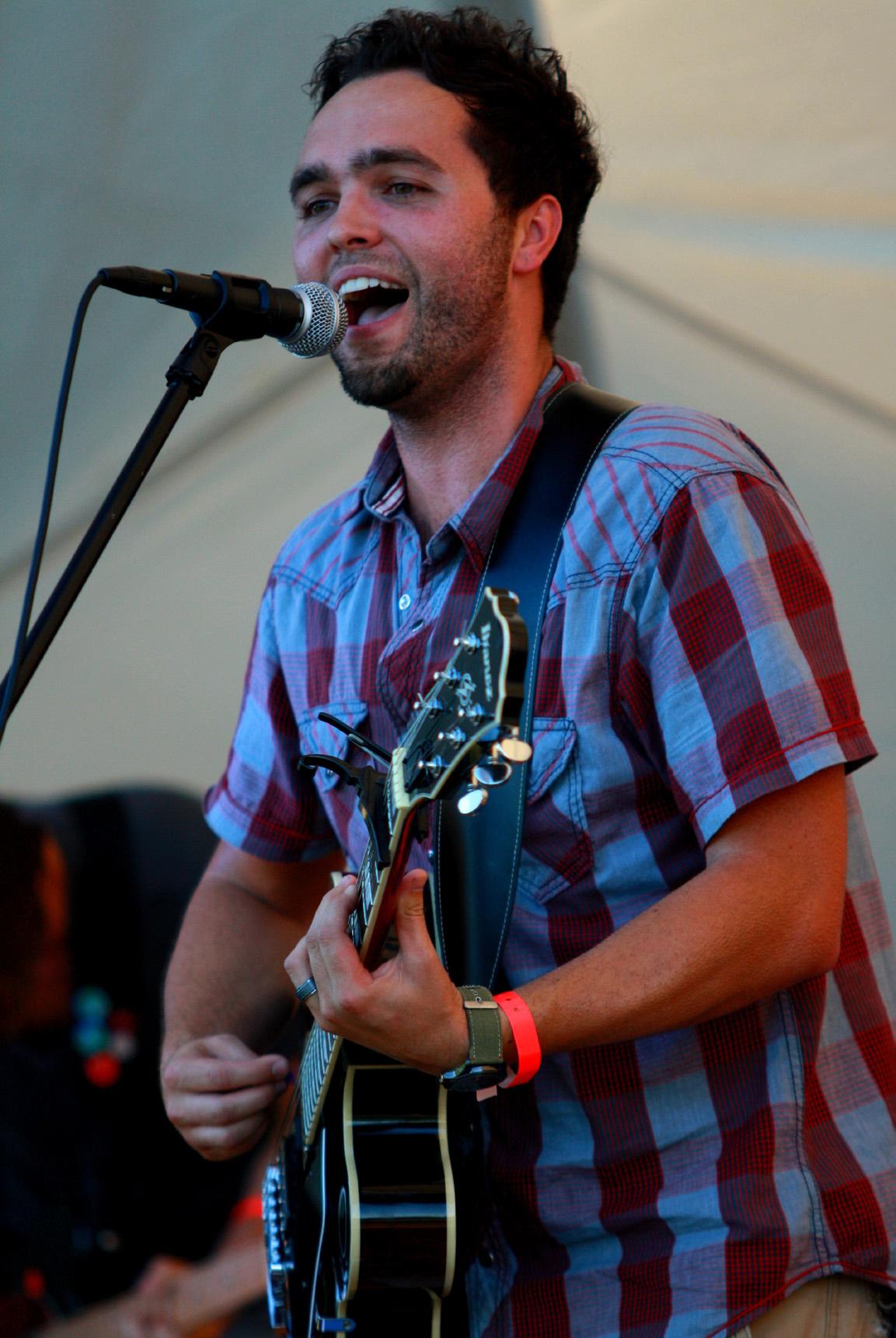











Football team remembers fallen teammate after Summer accident 5
The Washburn Review is published every Wednesday throughout the academic year, excluding holidays and some other dates. Copies are free for students, faculty and staff, and can be found at numerous locations around the campus of Washburn University. Subscriptions to the Washburn Review are available at the following rates: 15 issues for $40 or 26 issues for $55. For more information, please visit our website at www. washburnreview.org or call (785) 670-2506.
The Washburn Review is a member newspaper of the Associated Press (AP), the Kansas Associated Press (KPA) and the Kansas Associated Collegiate Press (KACP). The Review is a recipient of the 2006-07 National Newspaper Pacemaker Award. The Award is given in recognition of “general excellence and outstanding achievement by a college newspaper.”
The Washburn Review accepts letters to the editor pertaining to articles appearing in the Washburn Review or on issues of importance to the Washburn or Topeka community. We do not accept mass letters to the editor. Please limit letters to less than 400 words. Letters must be submitted via Word document if possible, and there must be a phone number where the person can be reached for verification. Please e-mail letters to wureview@gmail.com
The Review reserves the right to edit all submissions to the paper for length, libel, language and clarity. Due to volume on the opinion page, we are unable to print all letters, and are unable to return submissions.



Mulvane exhibit brings LEGOS to life 7
Check out pictures from Topeka’s newest music festival. 8

Rob Burkett WASHBURN REVIEW
Let me welcome you to the new normal. The world has been turned upside down and you are along for the ride. For those reading that maybe have no idea what I’m talking about, one has only to take a ride in the wayback machine to the 1990s.
Prior to the 90s, journalism was one of two major trades; print or television. With the explosion of the Internet has come the very death knell of the daily edition print publication. In the age of information overload, it has become a fact of life that the places from which people receive their news is vast and
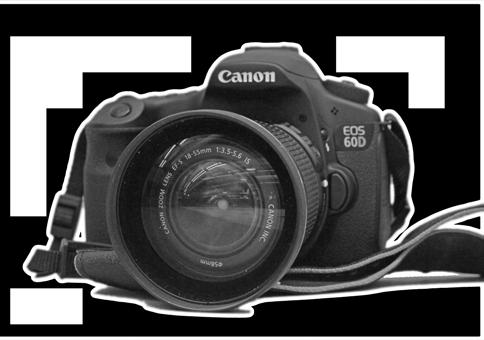
different. So with all of the different avenues to disseminate news, publications have been experimenting with ways to deliver their content to their readership and what is not only profitable, but also relevant.
Certainly this is true with collegiate publications ranging from our own publication, The Review to larger schools like the University of Georgia’s Red and Black, which just made the announcement recently that they are going to be going to a once-a-week publication and pushing the majority of their content online in what they feel is the new model for newspapers.
Such is the case with our publication. What you will see this year in our newspaper is our attempt to push our content to the places that the core of our readership, college students, go to get their news. We have been on social media promoting our online publication, The Review Online, since its inception. We’ve also been attempting to push the bounds of media convergence and with the help of its print partner, The Review, will be looking to take the next step in the evolution of moving
our content to the Internet.
In the coming year we hope that you will take the trip with us as we revamp the look of our publication and take our print edition in both a content and graphically different direction.
We want to be the news source that you pick up not just because our stories are interest ing, but also because it will be a publication that brings more to the table visually, as well, as we push to take ourselves beyond our in-state competition like Emporia State’s Bulletin took first place in our state wide collegiate newspaper competi tion last year.
Pre-order your Kaw Yearbook!
Preserve the fondest memories of your college years for $15 by pre-ordering your copy of the 2011-12 Kaw Yearbook today!
So with all that said, join us in our new experiment as we attempt to be something we want to be and yet remain the same thing we always have been; a servant of you, readership.
Robert Burkett is a senior mass media major. Reach him at robert. burkett@washburn.edu.
How to pre-order: Don’t forget to have your picture taken for the Kaw Year book —Aug. 19: 6 to 8 p.m. —Aug. 31: 11 a.m. to 2 p.m. —Oct. 24: 7 to 10 p.m. —Oct. 27: 2 to 5 p.m.
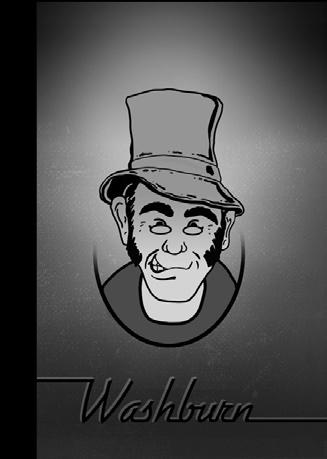

burn compared to other universities to provide incoming students the opportunity to join Greek life.
The process begins Sept. 1 with a mandatory orientation session.
Greek recruitment efforts are moving into high gear at Washburn University with the start of the 2011 fall semester. Sorority chapters across the campus will hold their formal recruitment events in early September, but students are already lining up to get involved.
“I’m really excited because the number of women going through the process has been increasing for the past five years,” said Alanna Seymour, vice president of the Washburn Panhellenic Council. “We had 100 people go through the process last year, and my goal this year is 125. We are already at 51 right now, which is pretty decent considering not many people have moved back to campus yet.”
Seymour said that sorority recruitment is held later in the year at Wash-
The following Tuesday begins the recruitment process with “Go Greek Night,” and the opportunity to meet the chapters on campus. For the following six days the campus sororities give prospective members house tours, introduce them to the respective philanthropy causes and attend a Washburn football game with them. The week ends on Sept. 10 when recruits are notified which sorority they will be invited to join.
“What sets the Greek community apart from the average student organization is really the values that these organizations are founded on. Each organization that has fraternity and sorority letters is founded on four values that every chapter has and those are academics, community service, leadership and brotherhood and sisterhood,” said Jessica Neumann, director of Student Activities and Greek Life at Washburn.
Fraternity recruitment is done much different from the sororities. The formal recruiting process is held in the summer before the school year.
“Our fraternities recruit 365 days a year,” said Neumann. “There isn’t
really a structured recruitment process during the school year. Each chapter usually hosts open houses or recruitment events and that’s really how an individual determines if that chapter is right for them, by interacting with the men in that organization.”
Students are able to register for sororities by going online to the Washburn website and accessing the registration document through the SAGL page. Students can also access fraternity pages on the website and contact recruitment representatives from each chapter.
“From a new student’s perspective, going to recruitment events is a great way to meet people,” said Neumann. “The Greek community really provides you a home away from home and a support system, a network of brothers and sisters that are going to be there for you, probably for the rest of your life.”
The new president and vice president of the Washburn Student Government Association hope to exemplify their campaign slogan “for students, for change,” through interaction with other students. WSGA president Taylor McGown, senior in biology, and vice president Michael Kitowski, junior in history, were elected last March.
“Michael and I talked a little bit last De cember that we just wanted to provide a voice to stu dents,” said McGown. “We felt we had enough experi ence with the administra tion and were approach able for students.”
Their platform con tained two main issues in cluding the idea to change the Mabee Library hours to be 24-hours a day.
and the Washburn University Board of Regents decided to increase tuition, but that still doesn’t give us a surplus of funds for the library,” said McGown.
Kitowski said that he was encouraged by the recent addition of the coffee shop to the library.
over to the Union. I think it promotes academic studies further and increases the academic culture at the Mabee Library.”
The library is still one of their main focuses and McGown said they will continue to have discussions on whether it would be best to expand the current library or in the future build a different building entirely.

“Having the coffee shop in the library is fantastic,” said Kitowski.
The second main issue of their platform was the desire to change from Angel, the current online grading and learning management system, to Blackboard, another system that provides similar tools for students and faculty.
Nicholas Birdsong is a senior political science major. Reach him at nicholas.birdsong@ washburn.edu
“We really wanted a 24-hour study place,” said Kitowski. “A lot of us are writing our papers at 3 in the morning and we wanted an access point for students to collaborate.
McGown and Kitowski have had meetings with the administration and the dean of libraries to discuss the issue of a 24-hour library, but money has been a big setback to this idea.
“We got a little bit of a budget cut from the state
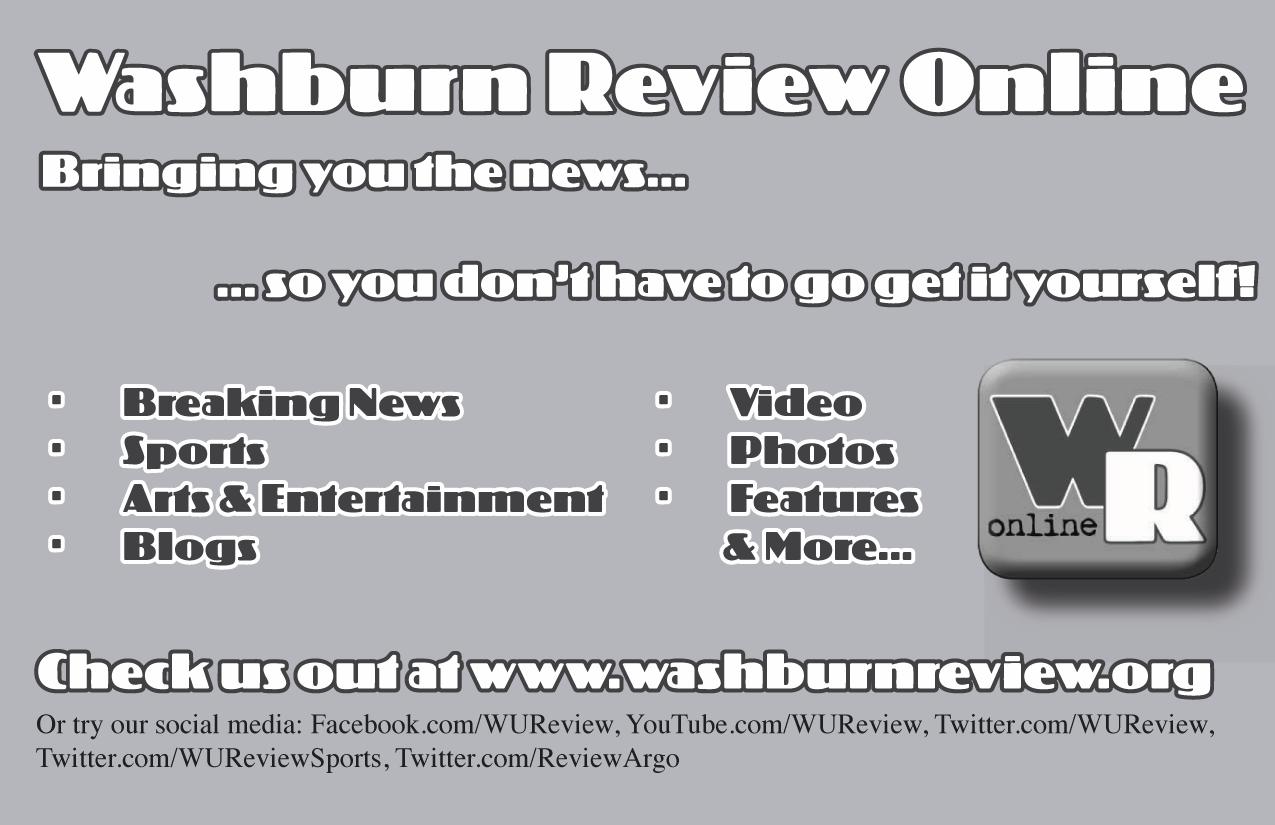
“Students can get coffee and snacks and get right back to studying without having to walk all the way
“The reason we chose Blackboard is because it is widely used across the country,” said Kitowski. “Angel isn’t the most user-friendly and not having what is considered the best is a setback for Washburn.”
Continued on page 4
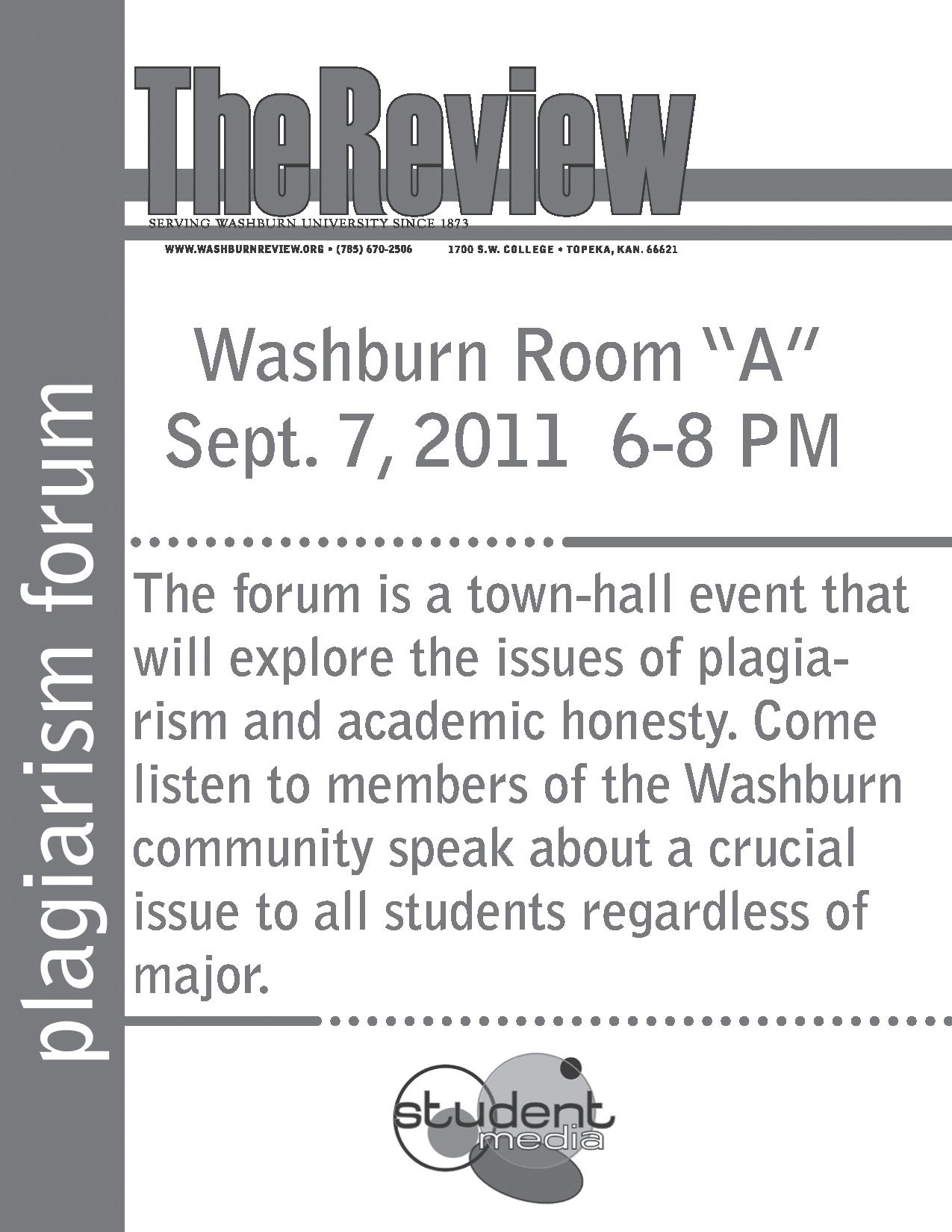
McGown said that it is important for students to have grades posted online and hopes more teachers will catch on with the implementation of the “Freshman Year Experience Class” where teachers will be required to post students’ grades to Angel.
“Right now we are looking to use Angel to its fullest potential,” said McGown. “With budget cuts we have to use the best of these situations as we can and the administration is doing a great job of that.”
Both McGown and Kitowski also emphasized, as implied in their campaign slogan, that they want to be a voice for students.
“One of our goals is to be sure that students know that we welcome them to come in to talk to us about the weather, football games or issues that are concerning them,” said Kitowski. “We want students to know that they can talk to us. We really are easy going students too.”
Megan Hash is a senior double major in mass media and music. Reach her at megan.hash@washburn. edu



Rob Burkett WASHBURN REVIEW
When a young man dies, be it from an accident or other tragedy, the natural inclination is to mourn and to reflect. With one young man this summer, such is the case.
June 11, 2011, started out as another summer day. In Kansas City, Mo., four football players were driving along that afternoon when they swerved to avoid an oncoming car that had strayed into their lane. The resulting accident resulted in the car flipping into a nearby yard. Among the passengers that afternoon, Jermon Watson would be the young man to not walk away.
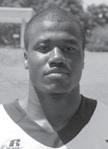
Like the head of any kind of family, be it biological or the adoptive family that forms in an atmosphere like being part of a college football team, Washburn head football coach Craig Schurig rushed quickly to the hospital to be present. Schurig spoke about the impact that Watson had as a member of the team, even in his relatively short amount of time at Washburn.
“He was just a neat kid,” said Schurig. “He was always positive and just seemed like he was never going to have a bad day. He was a very bright young man, we never had to worry about his classes. We would ask him about classes and he would just say ‘Its all good coach,’ because he was just a young man that took care of business and we knew we didn’t have to worry about him.”
Beyond that, his fellow teammates seemed to gravitate to the newcomer, an observation that stuck with Schurig.
“You know he came through the dorms the first year and got to know a lot of the freshman real well because of that,” said Schurig. “At the same time, the upperclassmen appreciated him. Jermon was always a team first guy. We recruited him as an outside linebacker/safety position but he quickly outgrew that position. He was fine to do anything to. We would say ‘Hey we want to try you out at defensive end during the fall,’ when he was red-shirted and he said ‘Yeah that’d be
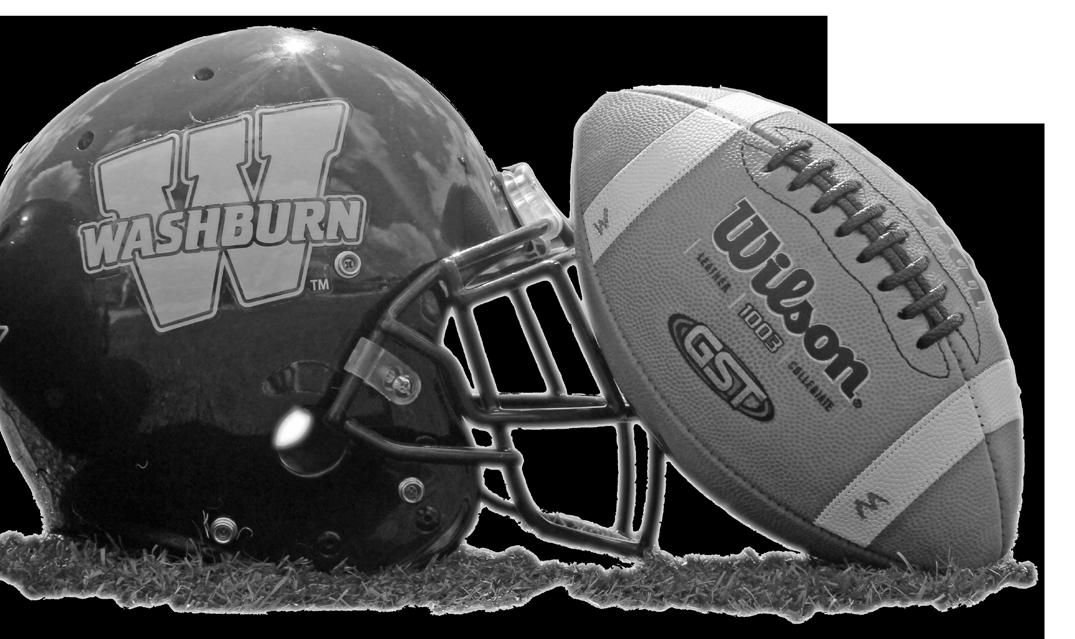
He was always positive and just seemed like he was never going to have a bad day.
good,’ and he just stepped in.”
But it takes more than a sport to define an athlete. While student-athletes are at their school to compete, the impact that Watson had on people off the field was just as important.
“He was big into respect,” said Sierra Moeller, forward on the Lady Blues basketball team. “It didn’t matter who you were, he would be friends with you.”
His very nature impacted the first impression that people like Moeller had on first meeting him. Being so physically impressive despite his youth was something that struck most that came into contact with him.
“I was like ‘who is this kid?’” said Moeller. “He was this 18-year-old kid but he looked like he was 25. But I really first met him when we were at a party in Lawrence and it was cold out and he gave me his jacket and it was just a sweet thing to do. That was when we became friends.”
This kind of impression of being a great guy is something that resonated with his roommates, as well. Toré Hurst, sophomore tight end, summed up his experience with Watson in the time that they first met.
“Ya know when I first saw him, I was like, ‘dang this guy is big,’ and I’m guessing this real big dude is going to be mean,” said Hurst. “As soon as I met him, we’re cracking jokes and joking about people right there in the airport. I mean we just clicked right away.”
As they got to know each other and eventually become roommates, both Hurst and Watson spent time together pursuing a passion of Watson’s.
“Oh man, he was into cars and he had bought an old Caprice out here and we just liked workin’ on that together a lot,” said Hurst. “It broke down three or four times though.”
Even now, Watson’s impact is felt beyond the confines of Washburn’s campus. Watson was a registered organ donor and despite losing his life, has given life to others.
“Yeah he was a registered donor which is just something really neat,” said Schurig. “Something like six people received donations so he saved some people’s lives in the end.”
Josh
Rouse
WASHBURN REVIEW
When the Washburn Ichabods football team takes the field this season, it will be without two of their expected starters for the year—junior running back Vershon Moore and junior defensive back Pierre Desir.
At the Aug. 13 media day, head coach Craig Schurig announced Desir would be leaving the team to take care of family matters, while Moore was kicked off the team following his Aug. 9 arrest in connection with an aggravated bank robbery.
“With his situation, we’re kind of in a stance right now where we’re not really saying anything,” said Schurig of Moore’s legal situation. “It’s an on-going process, their really hasn’t been anything done universitywise, so right now it’s kind of a no-comment situation and just kind of waiting and seeing.”
“I think we have a really good team coming back and we want to find some young guys that maybe can help out at some positions and get some depth, but I really feel good about our se niors and some key juniors that have been here for a while and will be able to have a really good year for us,” said Schurig.
At running back, where the loss of Moore leaves a void to be filled, senior running back Justin Cooper looks to be the starter. Cooper, who was once a starting back in his own right before los ing the spot to Moore, enters his final season with a humble attitude.
There’s not much you can do about it now, we’ve just got to come out and keep working hard.
- Dane Simoneau Senior quarterback “ ”
trying to get myself ready, mentally and physically,” said Cooper. “I’m trying to prepare my body to be able to take more reps and get my mind fo cused. I’m just trying to finish—start strong and finish the season strong.”
Despite the losses, Schurig remains confident that the remaining Ichabods can achieve great things this season, with both sides of the ball returning a bevy of starters.
Cooper, who in 2009 said his goal for the season was to rush for 2,000 yards before be coming injured and losing his starting spot, isn’t focusing on personal numbers anymore. He said his new goal is to be a team leader and help the team be the

Josh Rouse is a senior mass media major. Reach him at joshua.rouse@washburn.edu.

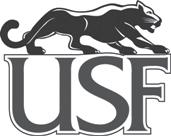






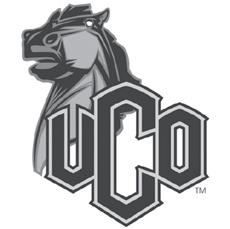



Tricia Peterson WASHBURN REVIEW
Washburn is great anyway but because we have had our own art museum since 1922 that makes going here even better. Mulvane Art Mu seum is located on campus at 1700 S.W. College Ave.
Not only is it full of regional and local art, it is fully accredited so many well known exhibits are on display here through out the year. Michael Hager, current exhibit preparator as well as professor in sculpture and print-making at Washburn, encourages students to come and see the exhibits, as well as use the art mu seum as a research source. Hager also said students can volunteer to help in the Art Lab, or sign up for work study.
Japanese prints and tsubas, which are Japanese sword guards that Samurais used. Other arts from old masters, such as a Rembrandt painting and artwork from the Works Projects Ad-
collages by Oregon native Shannon Weber, named “Things Got Out of Hand: Chapters 1 & 2”, on the main level. This exhibit is composed of a mixture of found objects, beaver
own artwork. “Culturally for me, I use it as a source of inspiration,” said Allen. “Almost every exhibit that goes up gives me that ‘OH’ feeling.”

“The Mulvane Art Museum is a fantastic resource of arts for Washburn’s community, Topeka’s community and the Midwestern region,” said Hager. “ We have a collection that is close to 4,000 pieces of art...it is quite an eclectic collection.”
The permanent collection consists of various types of art, from print images to objects, from all over the world and from different time periods. Included in the collection are
tions from local artists, as well as artists from around the world. From June 18 until September 18 the show “Art of the Brick” will be in the upstairs gallery, an exhibition featuring 28 sculptures created out of LEGOs, by New York based artist Nathan Sawaya. This will be on display through the end of the summer and into the beginning of the 2011 Fall Semester and students are highly encouraged to check it out.
Also available for viewing at the beginning of this semester is a display of woven vessels and
Michael Allen encourages students to stop by and see the exhibits, especially because it is free to everybody. Allen said during his years as an art major there were many times he had hours free in-between class, and that coming to the museum is a good way to pass some time.
“It’s always here for you to come and look around,” said Allen. “... in-between classes, after lunch, that sort of thing.”
Visiting the museum is a good way to pass the time, but Allen also explained that sometimes the exhibits inspire him in his

fellow Washburn students have been working on.
In addition to being able to view artwork from local and regional artists, students might someday be able to display their artwork in Mulvane Art Museum. During the Spring Semester at Washburn, there is an opportunity for students pursuing a Bachelor of Fine Arts degree to submit their art for a juried art show. The art is judged by non-biased judges from various locations, and they will pick who gets into the show. This helps art students get used to what it is like in the real world. Students can check out what
“Artists have to do this,” said Hager. “If they want to do anything in academia or get into a show, or gallery, they have to do this. We are starting [the students] early.”
Mulvane Art Museum also has an Art Lab downstairs. The Art Lab is open to the public, as well, and is also free. Local schools, Girl and Boy Scout troops, and even 4H groups come to the Art Lab for funfilled days of art and learning. They offer various resources such as their library which is open to the public and contains books, videos, lesson plans and periodicals all available to students. They even offer art treasure chests which
you can check out and take home to use and learn the elements of art: line, shape, texture, color, space and value. All this and more is available at the Mulvane Art Museum. The hours vary throughout the week and they are closed on Mondays, Tuesdays 10 a.m. to 7 p.m., Wednesday through Friday 10 a.m. to 5 p.m. and on weekends from 1 to 4 p.m.
Tricia Peterson is a junior mass media major. Reach her at patricia.peterson@ washburn.edu
